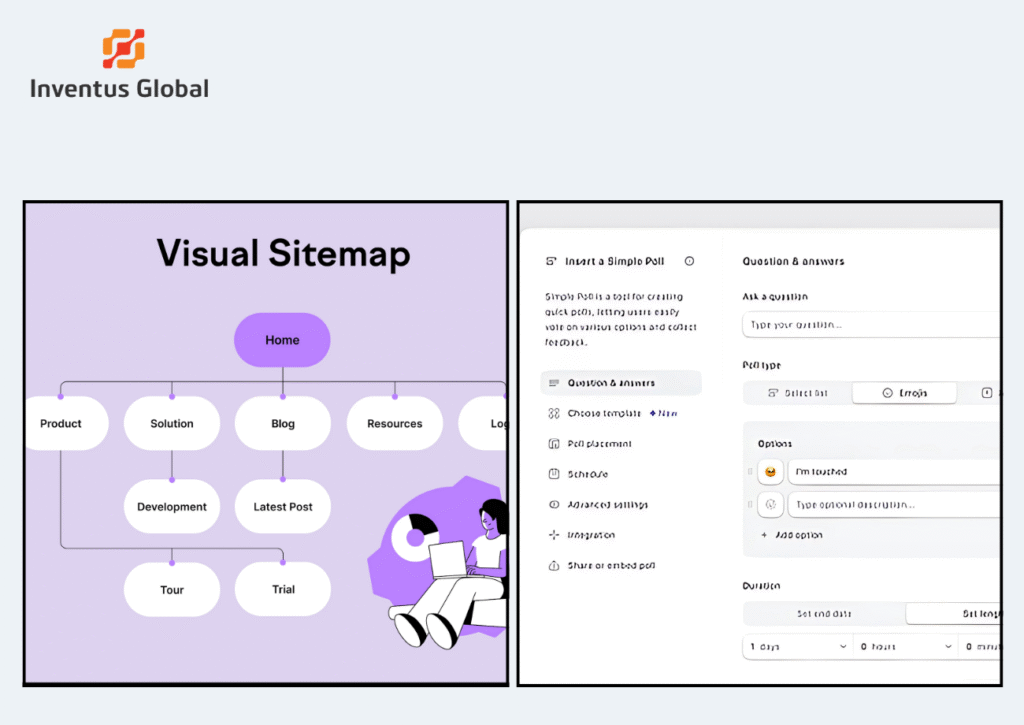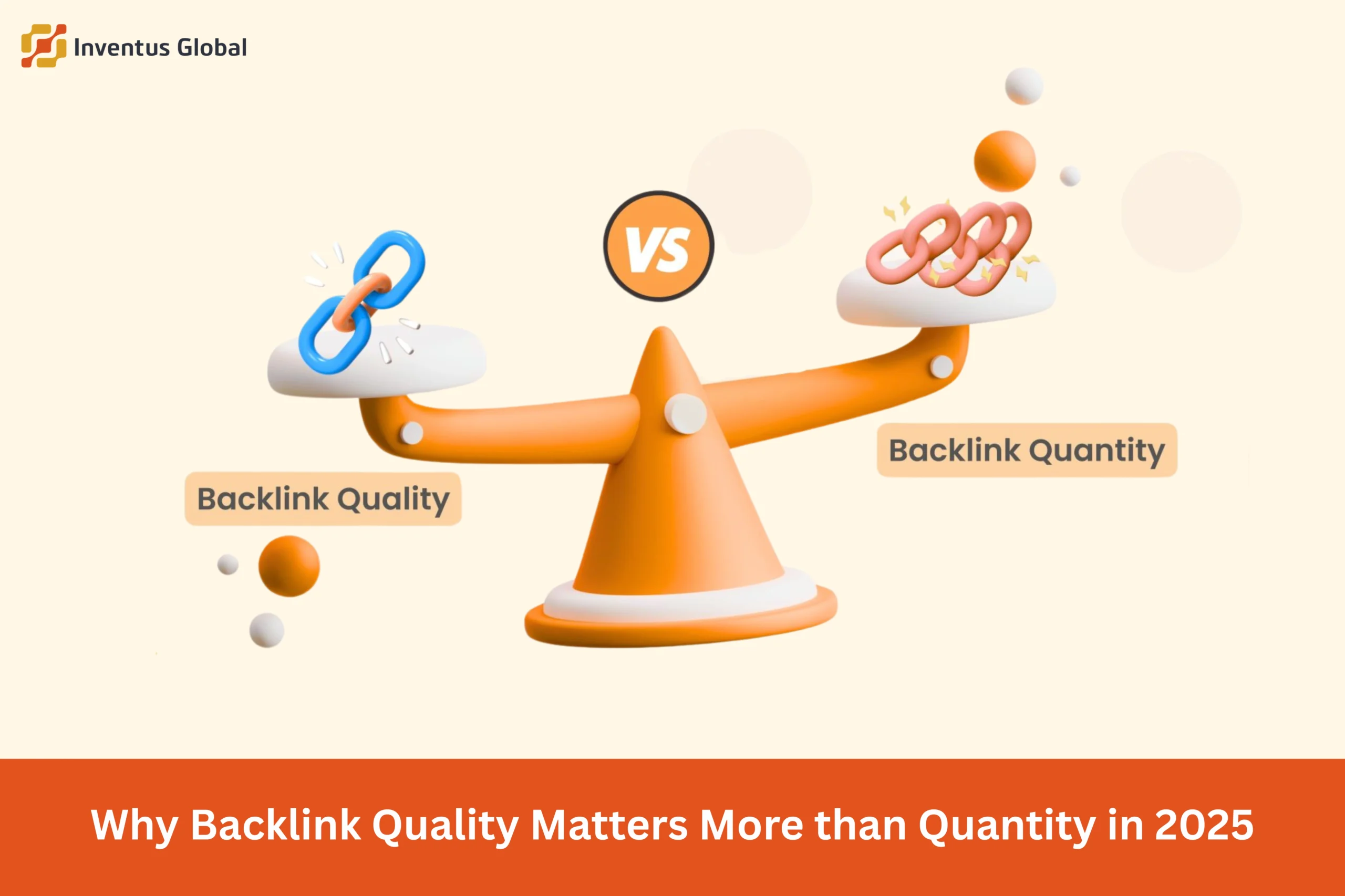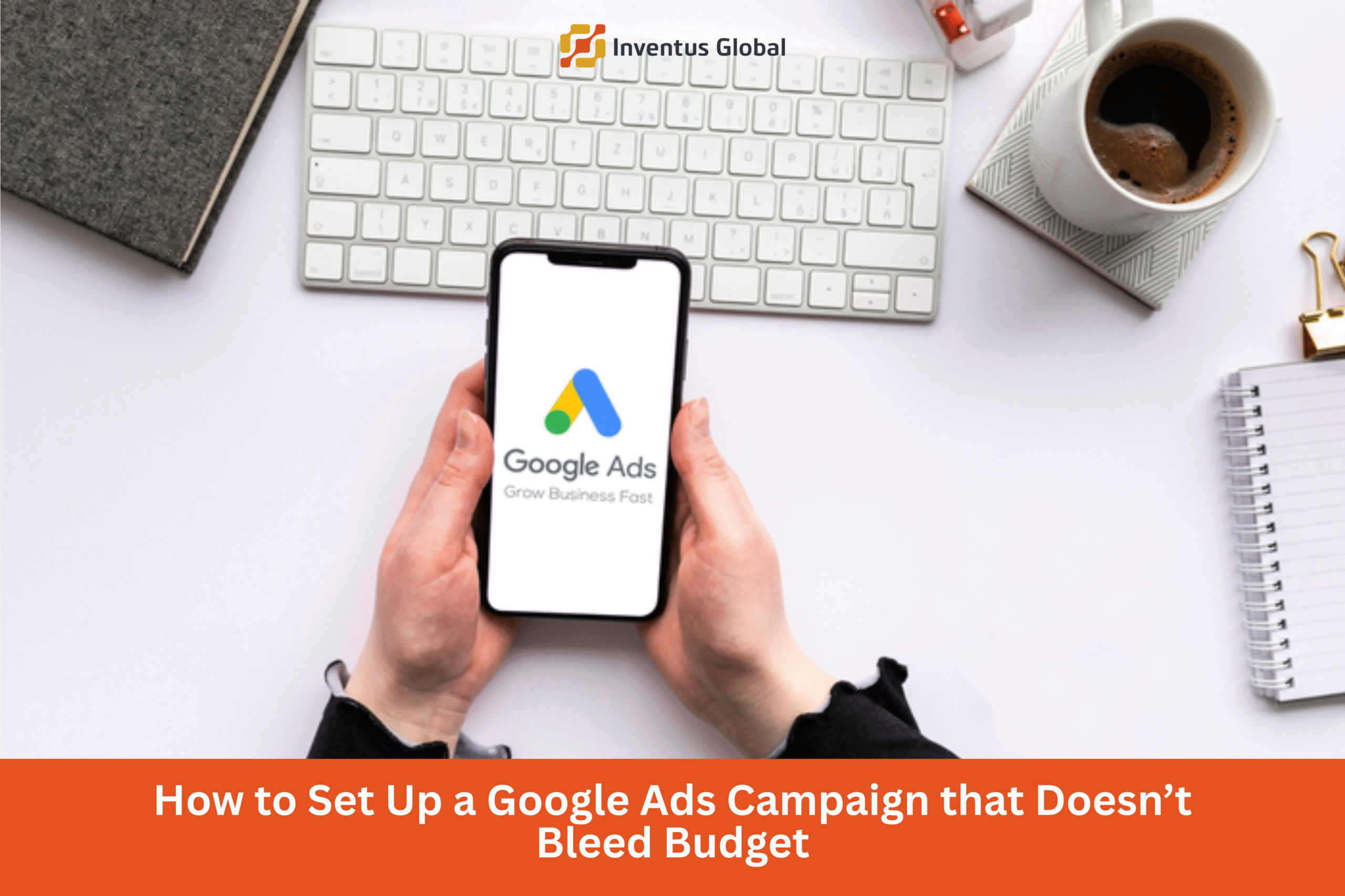Table of Contents
If you’ve ever wondered why your website isn’t converting as expected or ranking despite quality content, you’re not alone. At Inventus, we’ve worked with a wide range of clients, from emerging startups to established enterprises, and one thing remains consistent – most websites carry hidden flaws that block performance. These are not just technical glitches or aesthetic oversights; they are missed opportunities to create a better user experience, stronger SEO foundation, and higher business impact.
In this blog, we’re revealing the Most Common Website Mistakes that we repeatedly uncover during client audits. Whether you’ve already invested in SEO, hired a UX designer, or are just launching, these insights will help you course-correct fast. With our experience at Inventus, we’ve performed hundreds of audits involving content audit for SEO, website UI UX audit, crawlability in SEO, and more – so trust us when we say these aren’t just theories. They’re real mistakes that cost businesses money and visibility.
Let’s uncover these hidden traps and see how many your website might be making right now.
The Most Common Website Mistakes We Find During Client Audits
1. Ignoring Mobile Responsiveness
Not giving mobile optimization top priority is a serious red flag in 2025. A significant share of traffic originates from mobile devices, and yet we still come across websites that are either poorly responsive or display broken layouts on smaller screens. Failing to optimize for mobile leads to high bounce rates, poor conversions, and SEO penalties. Your mobile users are just as important as your desktop ones – if not more.
This is often a result of skipping a mobile SEO audit, which should be a part of every full website SEO audit. A proper audit not only checks layout but also usability, font legibility, button sizes, and overall navigation flow. If your user needs to pinch-zoom or scroll sideways, you’re losing them.

2. Cluttered and Confusing Navigation
The navigation on your website should be simple, easy to use, and intuitive. But you’d be surprised how many brands overload their navigation bars with too many options or bury important pages. This not only confuses users but also messes with crawlability, impacting your website audit check results.
Poor navigation disrupts the user journey from the perspective of a website’s UI/UX audit. Visitors get lost, fail to find what they’re looking for, and exit before converting. If your bounce rate is high and Google Search Console indexing issues are cropping up, your menu structure could be partly to blame.

3. Neglecting SEO Meta Tags and Descriptions
It’s shocking how many websites completely overlook basic SEO hygiene. Meta titles and descriptions are either irrelevant, redundant, or absent. During our content audit for SEO, this pops up almost every single time. These are the first pieces of content users and search engines interact with – don’t let them be an afterthought.
Optimizing meta tags is the easiest fix to improve CTR and get better visibility. But it requires understanding intent and relevance. Every key landing page should include optimized meta tags as part of a thorough off page SEO audit.
4. Inconsistent or Thin Content
High-quality content is the engine of digital success, but many sites still publish thin or irrelevant copy. Some pages have only a few lines of text, while others are stuffed with keywords with no real value. A content audit for SEO will instantly flag such inconsistencies. And believe us, it has a significant impact.
Writing clearly and in-depth is the answer. Provide value. Solve problems. Educate. All while using smart keyword placement, internal linking, and scannable structure. With so much competition, you need storytelling and strategy – not fluff.
5. No Clear Call-To-Actions (CTAs)
You might have beautifully designed pages and useful content – but if your CTAs are weak or missing, your conversions will tank. During most audits at Inventus we find unclear or generic CTAs like “Learn More” or “Click Here” with no real incentive or direction.
CTAs that are effective should direct users, align with their objective, and be visually striking. They must be placed strategically throughout the page – not just at the bottom. This is especially important when optimizing your sales strategy in a business plan.

6. Failing to Track or Check Website Organic Traffic
Many clients don’t even realize how important it is to check website organic traffic regularly. You can’t improve what you don’t measure. Even worse, some websites have analytics improperly configured or missing altogether.
When your data is missing or misaligned, all SEO and UX strategies become guesswork. Tools like Google Analytics and Google Search Console must be integrated and audited to track user behavior, traffic sources, and conversion paths. A proper website audit service always begins with setting up tracking correctly.
7. Overloading with Plugins and Third-party Scripts
Plugins can boost functionality, but too many of them will slow your site down or cause conflicts. During a full website SEO audit, performance and loading speed are critical metrics. We’ve seen beautiful sites completely crippled by unnecessary add-ons.
A lighter, well-coded site not only improves user experience but helps with indexing and crawlability in SEO. Always audit your scripts, remove what you don’t use, and consolidate where possible.

8. Poor Use of Internal Linking
Internal linking helps distribute link equity and guide search engines across your content. Yet in many audits, we find pages operating in isolation. This hurts discoverability, user navigation, and SEO.
A well-structured website UI UX audit would recommend a clear internal linking strategy. Important pages should have more incoming links. Cornerstone content should have links to related blog posts. Don’t rely only on menus to help users move around.
9. Missing Technical SEO Fixes
A full website SEO audit uncovers issues like broken links, redirect chains, duplicate content, missing sitemaps, and Google Search Console indexing issues. All of these negatively impact rankings. Yet many brands skip these checks entirely.
At Inventus, we think that the easiest way to improve search performance is to address technical SEO. Backlinks and content are unnecessary if Google is unable to adequately index your website. Crawl errors, schema issues, and inconsistent tags are all red flags.

10. Outdated Design and Accessibility Gaps
Web design trends and user expectations evolve quickly. A site that looked cutting-edge three years ago may now feel outdated. We frequently flag design and accessibility issues in our website audit services. This includes missing alt text, poor color contrast, and lack of keyboard navigation.
A strong website UI UX audit also checks for compliance with accessibility standards like WCAG. Because it’s not just about looking good – it’s about ensuring every user, regardless of ability, can navigate your site seamlessly.
Insert Image Instruction: Show a before-and-after design update of a homepage with accessibility fixes.
Conclusion
Website audits aren’t just checklists. They’re strategic deep-dives into what’s helping and hurting your digital presence. As we’ve seen through our experience at Inventus, every website hides opportunities for growth. Whether it’s technical glitches, poor content structure, or weak CTAs, the smallest changes can lead to the biggest gains.
Start with a website audit check if you intend to enhance the functionality of your website. Review your crawlability in SEO, run a mobile SEO audit, and make sure you’re not missing critical off page SEO audit factors. The earlier you uncover these mistakes, the sooner you can start seeing tangible results.
FAQs
What is an SEO content audit, and why is it crucial?
A content audit for SEO evaluates your existing content for quality, keyword usage, structure, and engagement. It assists in locating underperforming pages, redundant information, and areas in need of development.
How can I check website organic traffic effectively?
Make use of resources such as Google Search Console and Analytics. Track traffic sources, keywords, bounce rate, and conversions regularly to measure growth.
What’s the role of crawlability in SEO?
Crawlability determines how easily search engine bots can access and index your pages. Visibility might be decreased by blocked pages, broken links, or absent sitemaps.
What are common mistakes in web design from an SEO perspective?
Overusing animations, poor mobile design, slow loading, and bad navigation structure are all common mistakes that harm both UX and SEO.
Should I invest in professional website audit services?
Yes. Professional audits identify both surface-level and technical issues. They ensure that your site meets modern SEO and user experience standards, improving your overall digital performance.






































